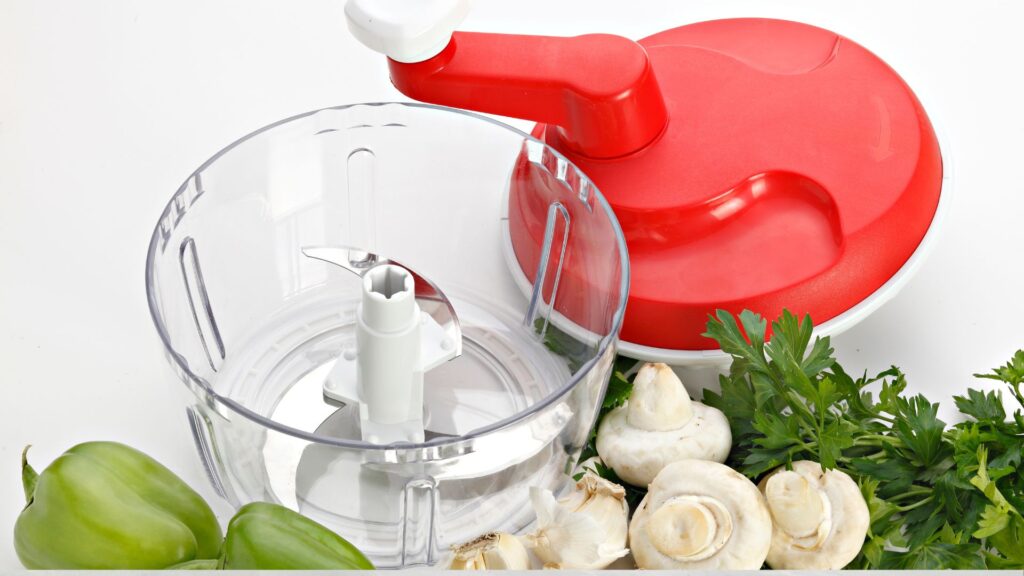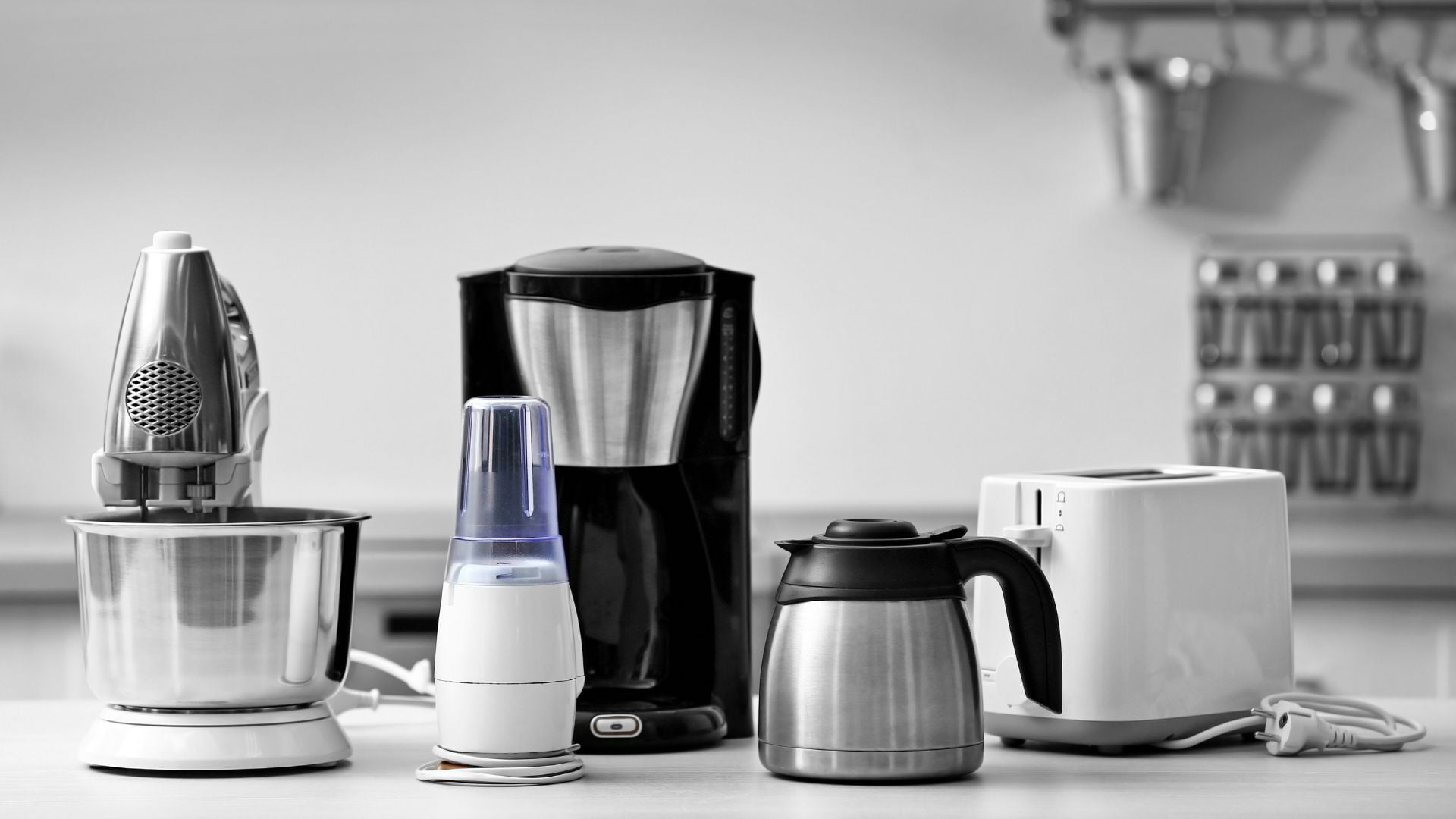For culinary creators in the USA, embracing innovation is key to staying ahead of the curve. In recent years, Blender has emerged as a powerful tool for culinary professionals and enthusiasts alike, offering a range of features and capabilities that cater to the ever-evolving demands of the food industry.
From hyper-realistic food visualization to interactive 3D recipes, Blender empowers culinary artists to push boundaries and redefine the boundaries of culinary storytelling.
Unlocking the Potential of Hyper-Realistic Food Visualization:

- Elevate food photography and marketing: Create stunning, photorealistic images that tantalize taste buds and drive engagement.
- Showcase culinary creations with captivating animation: Bring your dishes to life with dynamic animations that showcase every detail, texture, and flavor.
- Develop interactive 3D menus: Offer an immersive dining experience with interactive menus that allow guests to virtually explore and customize their meals.
Revolutionizing Recipe Creation and Education:
- Craft interactive 3D recipes: Guide users through recipes in a visually engaging way, with step-by-step instructions and dynamic representations of ingredients and processes.
- Explore new culinary techniques and concepts: Visualize complex culinary techniques and recipes in a way that is easy to understand and replicate.
- Develop engaging educational materials: Create interactive tutorials and demonstrations that make learning about food and cooking fun and accessible.
Beyond the Plate: Expanding the Culinary Canvas:
- Craft immersive culinary experiences: Design virtual food experiences that go beyond the traditional restaurant setting, incorporating elements of storytelling, technology, and interactivity.
- Experiment with food art and design: Explore the intersection of food and art with 3D modeling and animation tools.
- Develop innovative food products: Design and prototype new food products with realistic visual representations and interactive simulations.
Staying Ahead of the Curve: Trends to Watch:
- Integration with AI and machine learning: Imagine AI-powered recipe creation tools that suggest ingredients and techniques based on your preferences and dietary needs.
- The rise of VR and AR food experiences: Immerse your audience in virtual worlds where they can enjoy food in entirely new ways.
- Personalized culinary experiences: Tailor food presentations and recipes to individual preferences and dietary restrictions.
Embracing Blender for Culinary Success:
- Invest in learning resources: Numerous online tutorials, workshops, and communities are available to help you master Blender for culinary applications.
- Connect with the Blender food community: Join online forums and groups to connect with other culinary artists using Blender and share tips, tricks, and inspiration.
- Experiment and explore: Don’t be afraid to try new things and push the boundaries of what’s possible with Blender.
By embracing Blender and its ever-evolving capabilities, culinary professionals in the USA can unlock a world of possibilities, enhance their creativity, and stay ahead of the curve in an increasingly competitive landscape. So, dive into the world of 3D food creation and discover how Blender can take your culinary journey to new heights!
Remember:
- The possibilities with Blender are endless.
- Don’t be afraid to experiment and explore.
- Connect with the Blender community for inspiration and support.
By staying informed about the latest trends and harnessing the power of Blender, culinary innovators in the USA can continue to push boundaries and redefine the future of food.
Deep Dive: Exploring Specific Blender Innovations and Trends

Let’s delve deeper into some of the specific innovations and trends shaping the culinary landscape with Blender:
Hyper-Realistic Food Visualization:
- Material Nodes: Blender’s powerful material node system allows for an unprecedented level of control over the appearance of food, mimicking real-world properties like translucency, surface imperfections, and complex textures.
- Physically Based Rendering (PBR): PBR engines like Cycles render food textures with stunning realism, capturing the interplay of light and shadow on surfaces like fruits, vegetables, and baked goods.
- 3D Scanning Integration: With advancements in 3D scanning technology, culinary artists can scan actual food items and seamlessly integrate them into their 3D scenes for unparalleled realism.
Interactive 3D Recipes:
- Game Engine Integration: By integrating Blender with game engines like Unity, creators can build interactive 3D environments where users can navigate through recipes, visualize ingredients, and even experiment with different variations.
- Real-time Rendering: Tools like Eevee allow for real-time rendering of 3D food models, enabling users to instantly see the results of their changes and adjustments to recipes.
- Augmented Reality (AR) Integration: Imagine being able to hold your phone over real ingredients and see them transform into virtual models within an interactive recipe interface. This is the potential of AR integration with Blender for culinary experiences.
Beyond the Plate: Expanding the Culinary Landscape:
- Generative Food Design: AI-powered tools like “FoodGAN” can analyze existing food data and generate entirely new textures, flavors, and visual aesthetics, opening up a world of possibilities for innovative food design.
- 3D Printed Culinary Creations: Blender models can be readily used to create 3D printed food prototypes, allowing chefs and food engineers to experiment with novel textures, shapes, and even personalized nutritional compositions.
- Virtual Food Experiences: Imagine stepping into a virtual kitchen and learning how to prepare a dish from a world-renowned chef. This is the future of culinary education and entertainment, powered by Blender’s immersive 3D capabilities.
Staying Ahead of the Curve: Essential Resources for Culinary Artists:
- Blender Foundation: The official Blender website offers a wealth of resources, including tutorials, documentation, and a vibrant community forum.
- CG Cookie: This online platform provides comprehensive Blender training courses specifically tailored for culinary applications.
- flippedNormals: Another online resource offering high-quality tutorials and workshops on Blender for food visualization and animation.
- The Food3D Project: A collaborative effort to create a free, open-source library of 3D food models available for all Blender users.
Conclusion:
In the ever-evolving culinary landscape, Blender has emerged as a crucial tool for creators who wish to stay ahead of the curve. By embracing the latest innovations and trends, from hyper-realistic food visualization to interactive 3D recipes and virtual culinary experiences, culinary artists can unlock new avenues for creativity, engage audiences on a deeper level, and ultimately revolutionize the way we experience food.
So, embark on your culinary journey with Blender, explore the vast possibilities, and join the growing community of passionate food artists using technology to redefine the future of food. The world of culinary creation awaits!
Culinary Excellence with Blender FAQs
Q: What is Blender and how can it be used for culinary purposes?
A: Blender is a free and open-source 3D creation software. In the culinary world, it’s used for various purposes, including:
- Hyper-realistic food visualization: Creating stunning, photorealistic images and animations of food to elevate marketing materials, menus, and presentations.
- Interactive 3D recipes: Designing engaging and immersive experiences where users can follow recipes step-by-step with 3D models and instructions.
- Culinary education and exploration: Visualizing food techniques and complex recipes in an accessible and interactive way for learning and experimentation.
- Food art and design: Pushing the boundaries of food aesthetics by creating unique and innovative 3D designs and textures.
Q: What are the latest trends in using Blender for culinary applications?
A: Some key trends include:
- Integration with AI and machine learning: Tools like “FoodGAN” are emerging to generate novel food textures and flavors, opening doors for innovative food design.
- The rise of VR and AR food experiences: Imagine stepping into a virtual kitchen or exploring a 3D menu that comes to life before your eyes. VR and AR are changing how we interact with food.
- Personalized culinary experiences: Tailor food presentations and recipes to individual preferences and dietary restrictions through interactive 3D models.
Q: What resources are available to learn Blender for culinary applications?
A: There are numerous resources available to help you get started, including:
- The Blender Foundation: Official website with tutorials, documentation, and a vibrant community forum.
- CG Cookie: Online platform with comprehensive Blender training courses specifically catered to culinary applications.
- flippedNormals: Offers high-quality tutorials and workshops on Blender for food visualization and animation.
- The Food3D Project: Provides a free, open-source library of 3D food models for Blender users.
Q: Do I need to be a tech expert to use Blender for culinary purposes?
A: While some technical knowledge helps, there are resources available for all skill levels. Blender’s interface can be learned over time, and many tutorials focus on specific culinary applications to make it easier for beginners.
Q: How can Blender help me improve my culinary skills?
A: Blender can:
- Visualize complex techniques and processes, making them easier to understand and replicate.
- Allow you to experiment with new ingredients and recipes virtually before committing in the kitchen.
- Create engaging educational materials to share your culinary knowledge with others.
- Open doors to new creative possibilities in the culinary world.
Q: What are some examples of how chefs and food businesses are using Blender?
A: Some examples include:
- Restaurants: Creating hyper-realistic menus and showcasing dishes in engaging ways.
- Food bloggers and influencers: Using 3D animations to illustrate recipes and enhance their online content.
- Food manufacturers: Designing and prototyping new food products with realistic visualization.
- Educational institutions: Developing interactive learning materials for culinary courses and workshops.
By embracing the power of Blender, culinary enthusiasts and professionals alike can unlock new levels of creativity, enhance their skills, and contribute to the exciting future of food.

